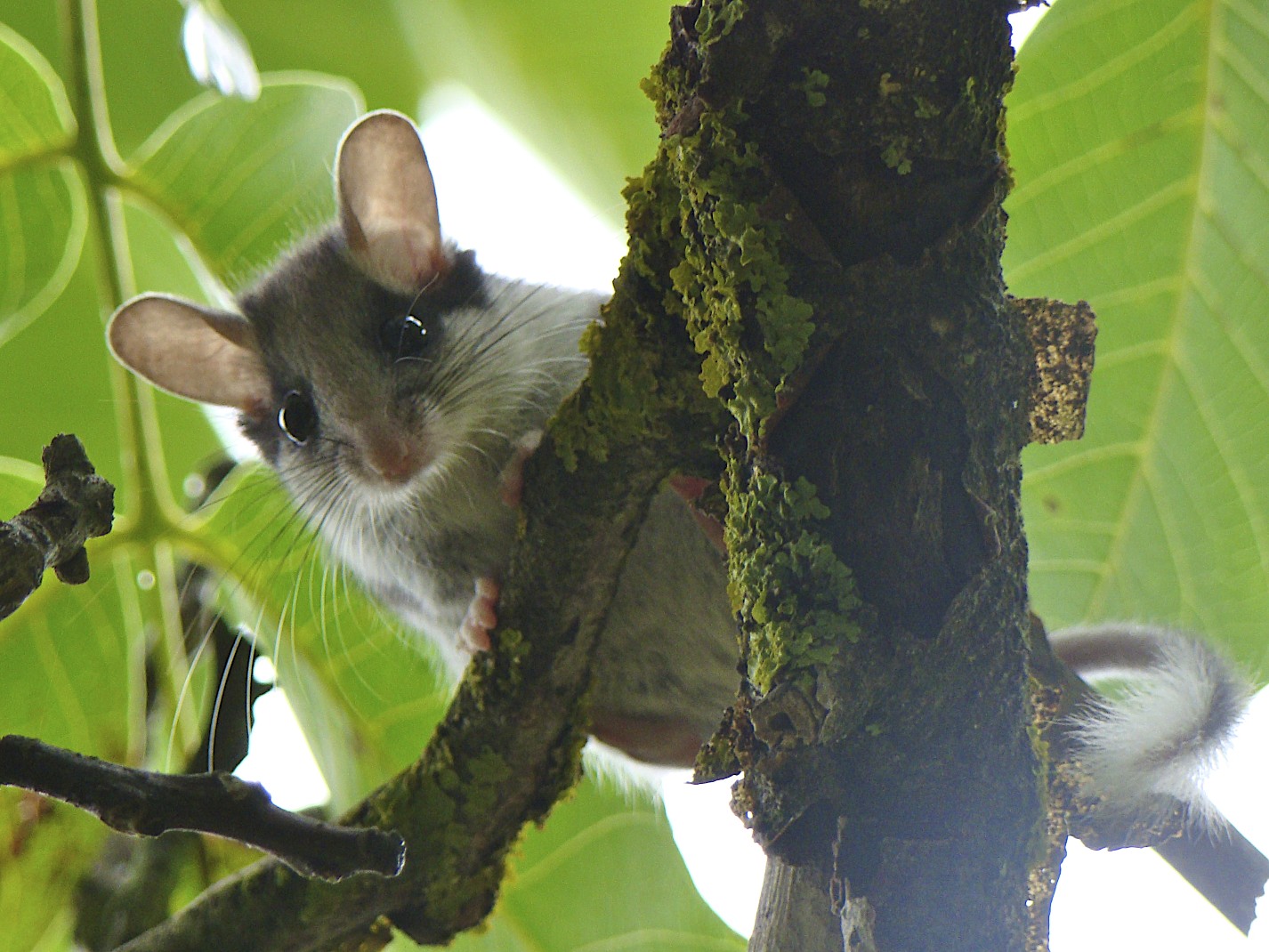PLANT
PROTECTION -7- WATERERS
Great
efforts are being made daily by more and more farmers to improve biodiversity
on their farms, which is reflected in a growing respect for wooded areas, in
the planting of trees in crop-incompatible areas, or in tha planting of hedges
that allow to delimit the farm while protecting it from malicious intrusions or
by avoiding the risk of adverse effects on lakes and rivers. In some windy
regions, as is the case in Provence, in the south of France, crop protection
against the wind is traditionally done by hedges of cypresses.
These areas
of biodiversity fulfill their role perfectly, and all kinds of animals settle
there quickly. This is particularly the case of charming small arboreal rodents
such as squirrels, well known, or dormice much less known and often confused
with rats.
As such,
these animals are not pests. They feed on seeds and fruits, but their
consumption is normally low and does not pose a significant risk to the farmer.
However, in
some cases they can cause serious damage not to crops, but to irrigation
systems. This is especially true for micro-spraying and drip irrigation.
In
these systems, water is routed through a network of buried and/or surface pipes
to the crop.
Our charming
little rodents understand very quickly that these pipes are full of water. In
spring, there are rarely any problems because they easily find water in the
rain puddles or thanks to the morning dew.
But in the
middle of summer, when everything is dry, they are thirsty, and finding water
can be difficult, or too far away. If they want to drink outside watering
hours, they try to release the water contained in these pipes by gnawing (they
are often made of plastic, polyethylene type). The damage can be significant
and the loss of water also. To this must be added the lack of irrigation caused
by leakage and loss of pressure, which can be detrimental to the crop.
In addition,
it's an exhausting type of damage for the farmer because it repairs frequently
and finds the same problem again, the day after the repair, in the same place
or almost, and so on, throughout the summer.
Personal
pictures
The fight
against what can turn into a real plague does not involve the elimination of
rodents, it's difficult, almost useless and counterproductive in terms of
biodiversity and pollution.
The easiest,
cheapest and most effective solution is to install waterers, which are filled
with irrigation water and overflow, watering the crop.
Rodents may
take some time to get used to, and in the early days you may find gnawed pipes
right next to a waterer, or even in the waterer itself.
It must be
emphasized that after a few days rodents will understand that water is
available effortlessly in the waterers, and they will stop gnawing the pipes.
Personal
picture
Cases of
this type are quite numerous in agriculture. It's almost always easier and more
effective to find the method to live in harmony with animals than to try to
fight against them.
It's one of
the bases of integrated and organic production methods and of all the
production methods that put a priority on the environmental balance of the
farm.
Control
methods are used only when other means, such as prophylaxis, nesting boxes or
insect hotels, waterers or simple repellents, have failed, and the damage has
become difficult to manage and dangerous.







Aucun commentaire:
Enregistrer un commentaire